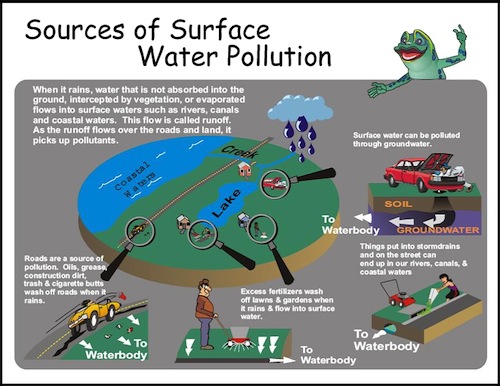Storm-water runoff, a form of non-point-source pollution, carries many nutrients and pollutants into our lakes. Phosphorus and nitrogen are the most common elements that influence aquatic plant growth. Of these, phosphorus is the key concern — when excessive, it can trigger harmful algal blooms, reduce water clarity, and lower dissolved oxygen, affecting aquatic life.
While lake ecology is complex, phosphorus levels remain the most reliable indicator of water quality. That’s why programs like VLMP and the Gloeotrichia study prioritize phosphorus monitoring.
So what can you do? You can be part of the solution by limiting runoff from your property. This includes addressing how water flows off camp roads, lawns, gardens, and paths toward the lake.
Even small changes — like planting a buffer zone or rethinking drainage — can help protect our lakes.
Join the effort by participating in the LakeSmart Program.
Related Documents
More Resources